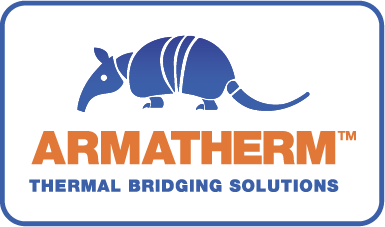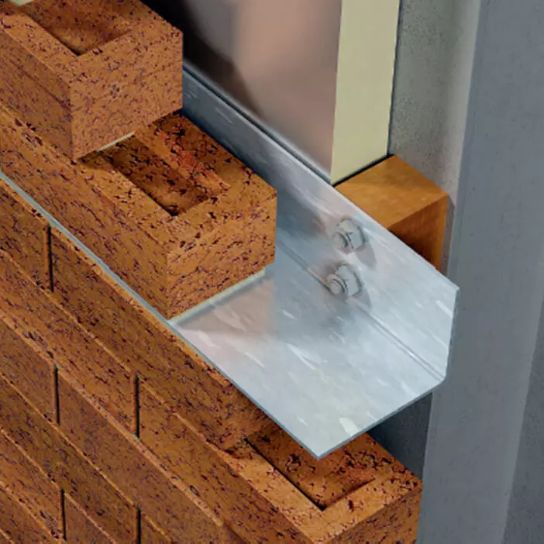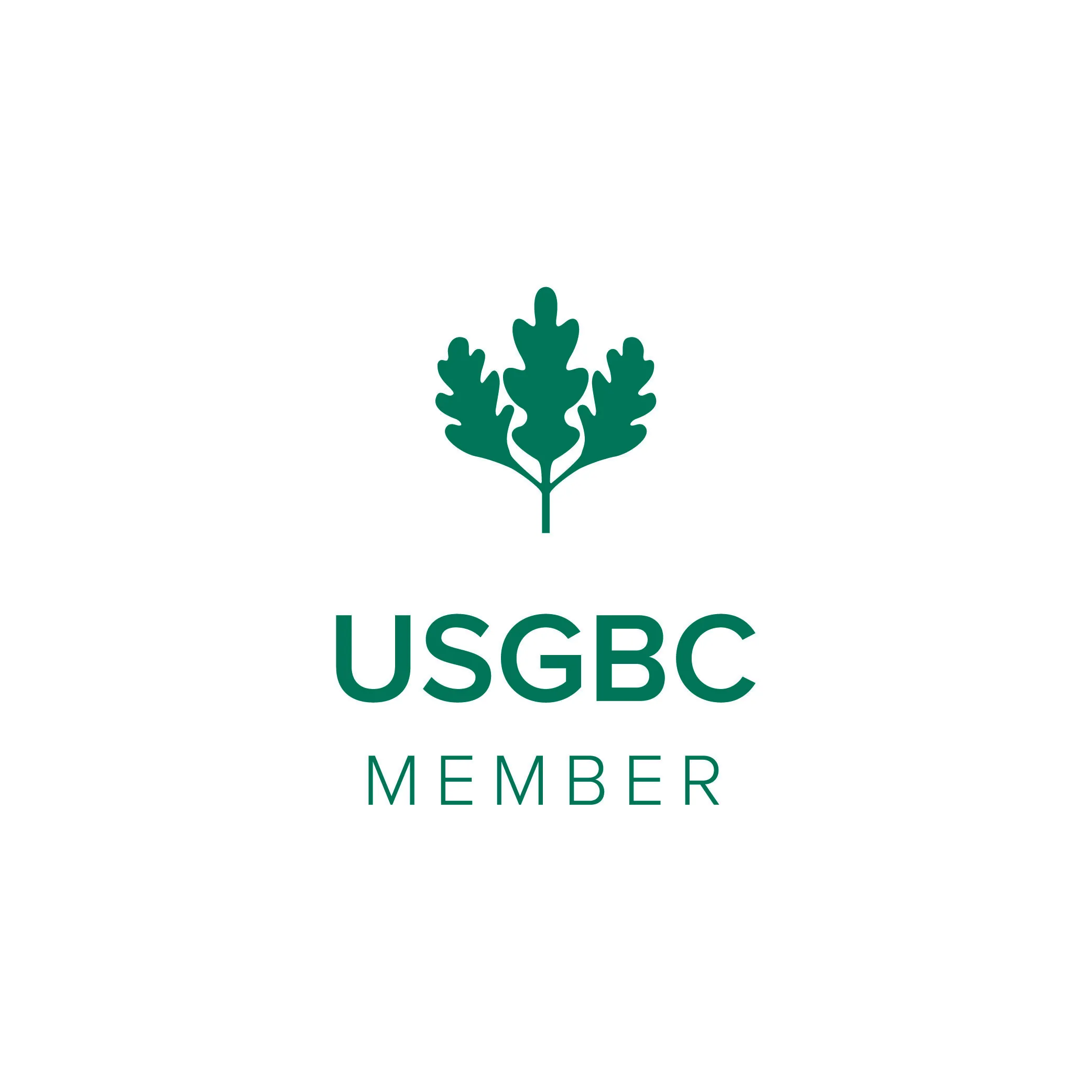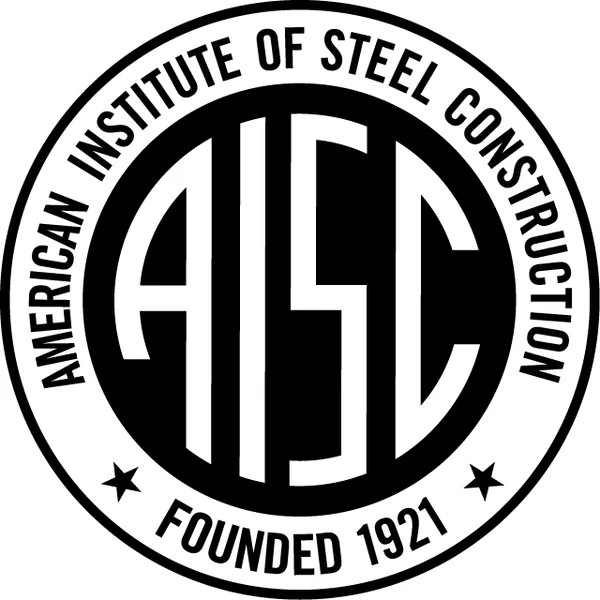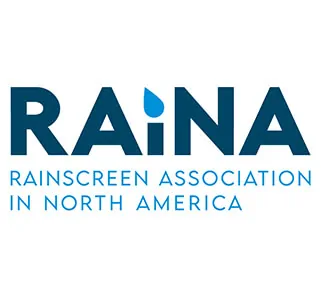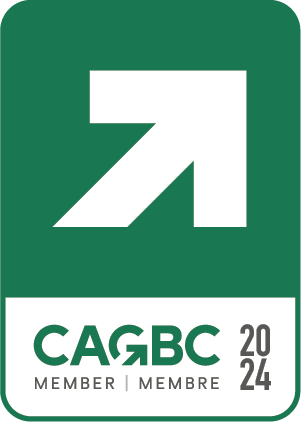Armatherm application
Armatherm™ FRR
Masonry Shelf Angle
Masonry veneer walls need shelf angles and tie-backs, which provide important thermal bridges and can significantly lower a wall’s R value, making it challenging to comply with energy code requirements. The continuous insulation of the wall assembly is broken by shelf angles, which send the masonry load back to the edge of the building’s structural steel or concrete slab, resulting in a linear thermal bridge.
By enabling insulation to travel behind the steel angle and eliminating the impacts of a continuous thermal bridge, the shelf angle can be linked to the structure at discrete, uniformly spaced points, such as plate “blades,” to increase the U value of a masonry wall assembly. To support the cantilevered load, greater geometries and more material are needed when building the shelf angle outwards.
ARMATHERM™FRR Benefits
- Only needs to be at bolt through connection points
- Pad depth matches angle height
- Pad width to suit load
- Recommended thickness two inch
- Pads cut and drilled for ease of installation
- Lasts the life of the building
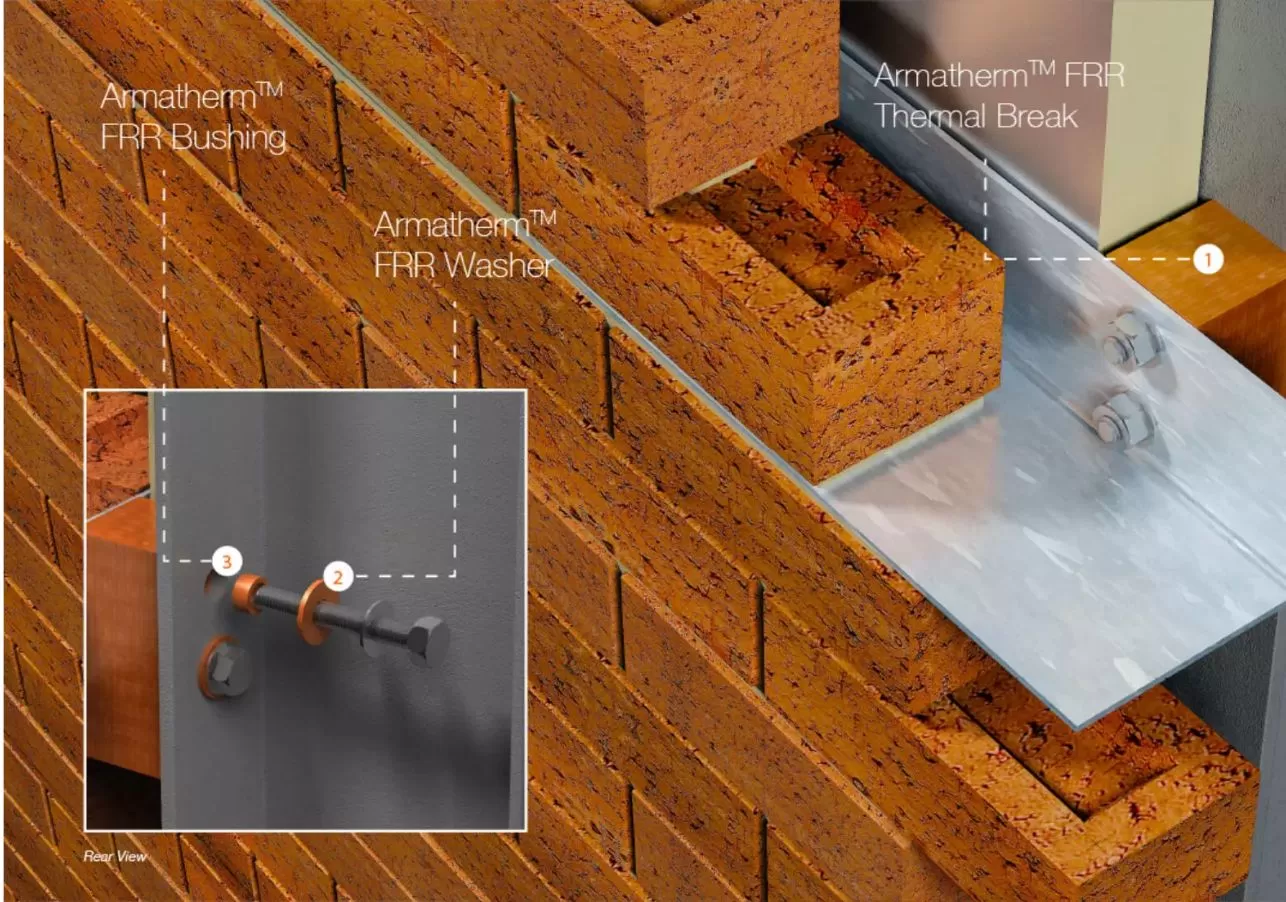
Improving Wall Assembly Efficiency
Alternatively, Armatherm™ FRR structural thermal break material can be used directly behind the masonry shelf angle as a thermal break within the insulating layer. The Armatherm™ thermal break significantly reduces the linear transmittance (heat loss) of the shelf angle connection. Rigid, metal flashing used as waterproofing can also be replaced with a non-conductive, self-adhered membrane to reduce the effects of thermal bridging further.
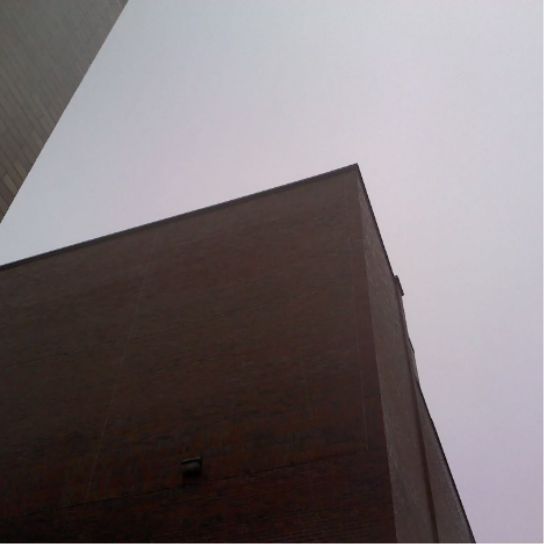
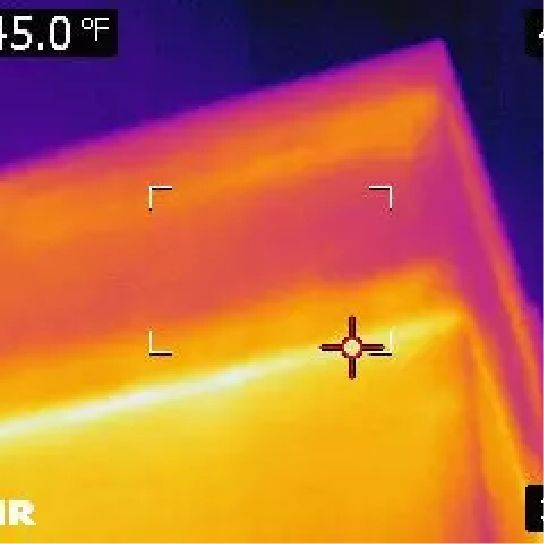
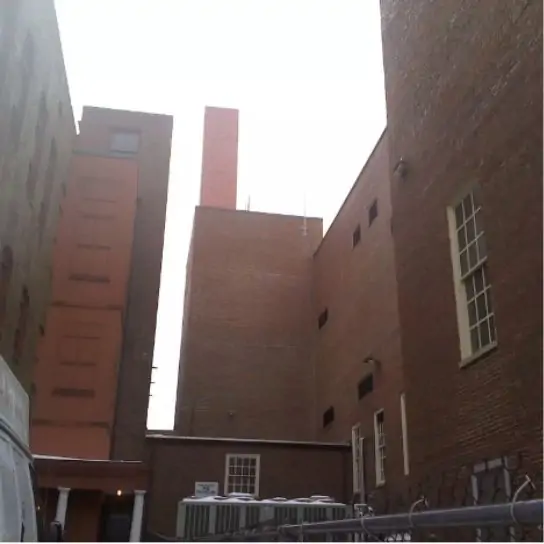
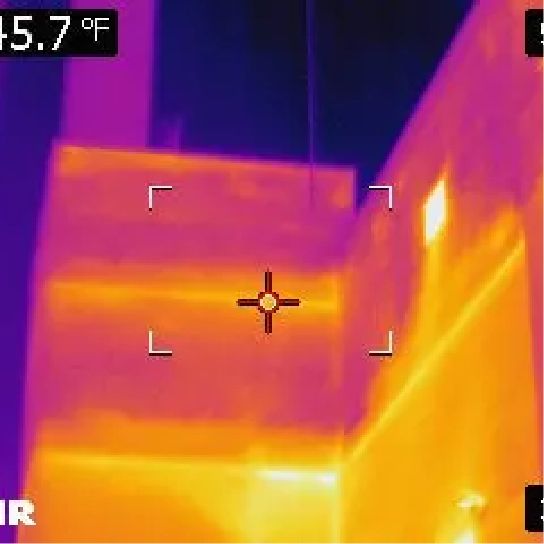
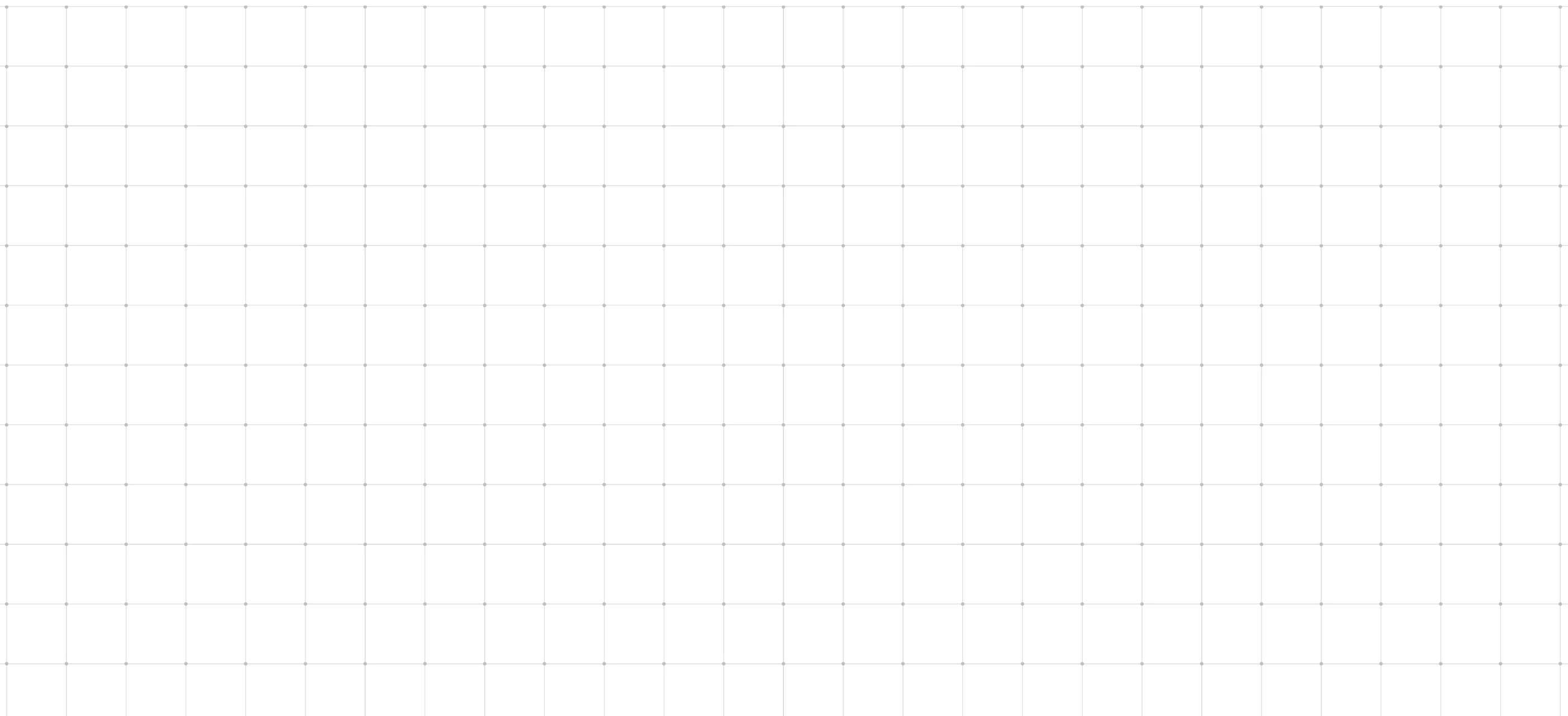
Downloads
Armatherm™ Masonry Shelf Angle
Request a Quote
If you require a quotation and know the following product information, complete through form below.

